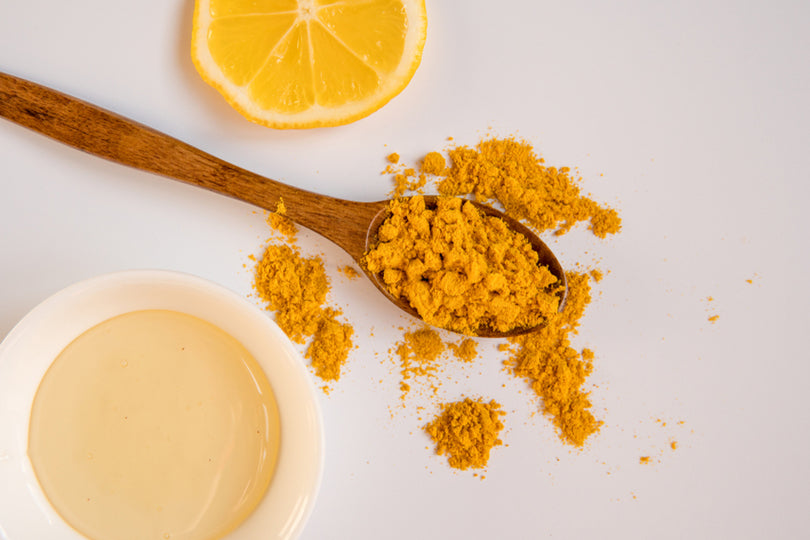5 Meal Prep Food Safety Rules You Must Follow


There are so many reasons to get into a good meal prep routine! If you are trying to eat healthier, meal prep can help you to stay on track. Pre-planning your meals makes it easier to shop and to stick to a food budget. Once you get the hang of meal prep, it can be a great time-saver.
There is one thing that is often underestimated when it comes to meal prep, which is food safety. Let’s face it — when you’re putting in the effort to prepare meals for the next few days, you want to make sure you’re doing it the best way possible, don’t you? That’s why I’ve compiled my list of top five meal prep food safety rules.
Meal prep food safety rules
When you’re putting in the hard work to prepare meals in advance, you want them to be tasty and safe! These rules can help keep you on the right path.
Rule 1. Clean and dry your utensils
Before you get started with meal prep, wash and dry your hands thoroughly. I know most of you already do this but it’s important to ensure your hands are clean before you start handling food and throughout the preparation process as well.
Keep kitchen surfaces and utensils clean while preparing food. Use separate knives and chopping boards for raw meat to avoid cross-contamination with cooked food. You definitely don’t want to accidentally drip fluid from raw chicken into your fresh salad!
Rule 2. Wash fresh produce thoroughly
Wash fruit, vegetables and herbs in some running water before you start preparing them. It sounds really obvious but you would be surprised how many people skip this step! Washing the produce helps to remove any microorganisms and can also help your fresh goods to last for longer.
Pre-washed produce, like the bags of lettuce you might find in the grocery store, should also be rinsed before you use it for meal prep.
Rule 3. Cook your food thoroughly
I have read articles where people suggested only part-cooking meat during prep. PLEASE don’t do this! You don’t want to risk exposing yourself to food poisoning bacteria that may potentially still be in the meat.
Consider adding a food thermometer to your meal prep kitchen tools — they can help minimise guesswork when it comes to food safety, especially concerning raw meat.
Rule 4. Store your prepared meals correctly
I recommend organising your fridge before starting meal prep so you have room for the meal prep containers. Leave a little room for air to circulate in the fridge to help keep the temperature consistent — it should sit below 5°C (40°F) to ensure your food is being stored safely.
The same goes for meals that you take with you to work. Keep the container in an insulated bag during your commute and pop it in the fridge once you arrive.
Label containers with the meal and the date before putting them in the fridge and try to eat prepared food within three to four days.
Rule 5. Reheat food properly
Prepared meals can be reheated using a microwave, oven or on the stovetop. If I use the microwave, I like to put my food onto a plate and spread it out a little, so that it heats evenly.
When reheating meals, they should be reaching a temperature of 75°C (167°F) all the way through. Bacteria can survive if the food doesn’t get hot enough, so make sure that plateful of reheated food is steaming!
Healthy and safe meal preparation
While I’ve talked about meal prep a lot in this blog, a lot of the information I’ve covered applies to other types of food preparation as well. Don’t be put off by these rules, ladies! When done safely, meal preparation can be such a useful tool for healthy eating.
* Disclaimer: This blog post is not intended to replace the advice of a medical professional. The above information should not be used to diagnose, treat, or prevent any disease or medical condition. Please consult your doctor before making any changes to your diet, sleep methods, daily activity, or fitness routine. Sweat assumes no responsibility for any personal injury or damage sustained by any recommendations, opinions, or advice given in this article.




<#= c.user.username #><#= moment(c.created_at * 1000).fromNow() #>
<#= c.html_body #> <# if (c.images) { #>
<# } #>